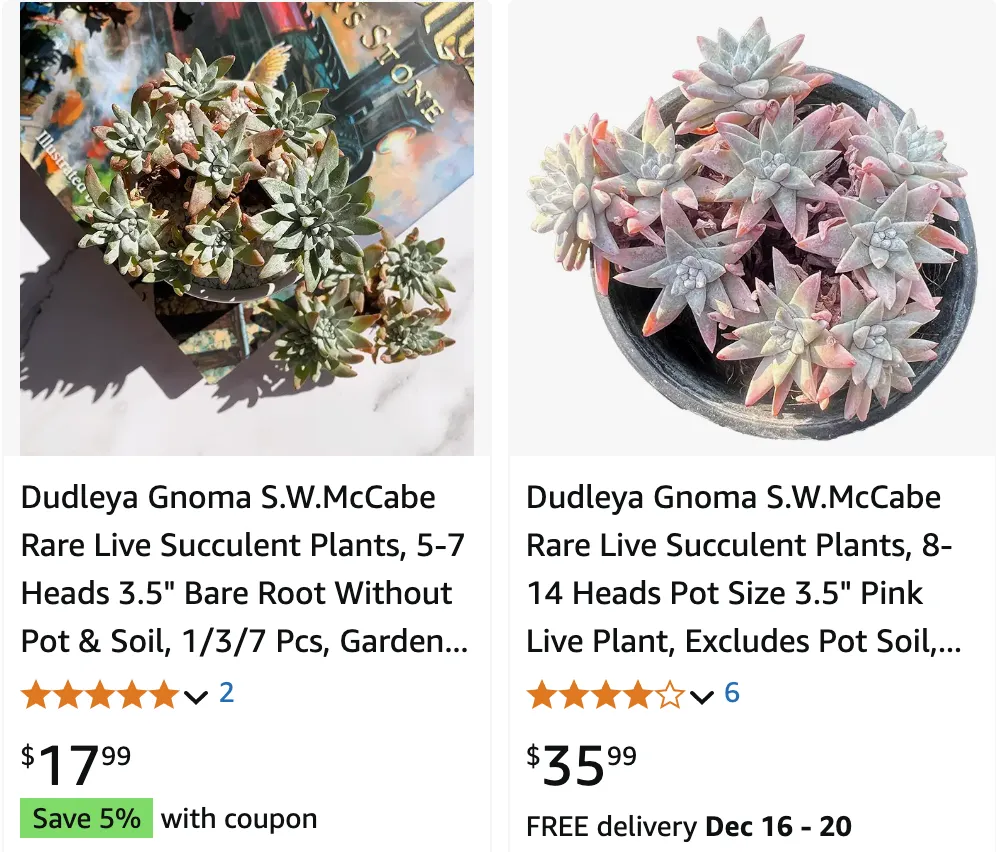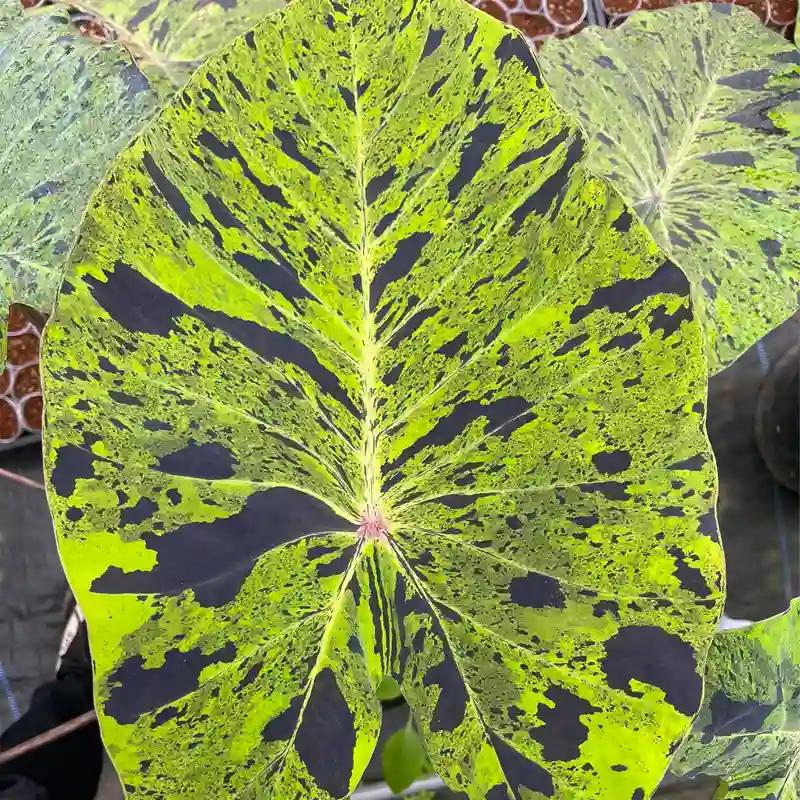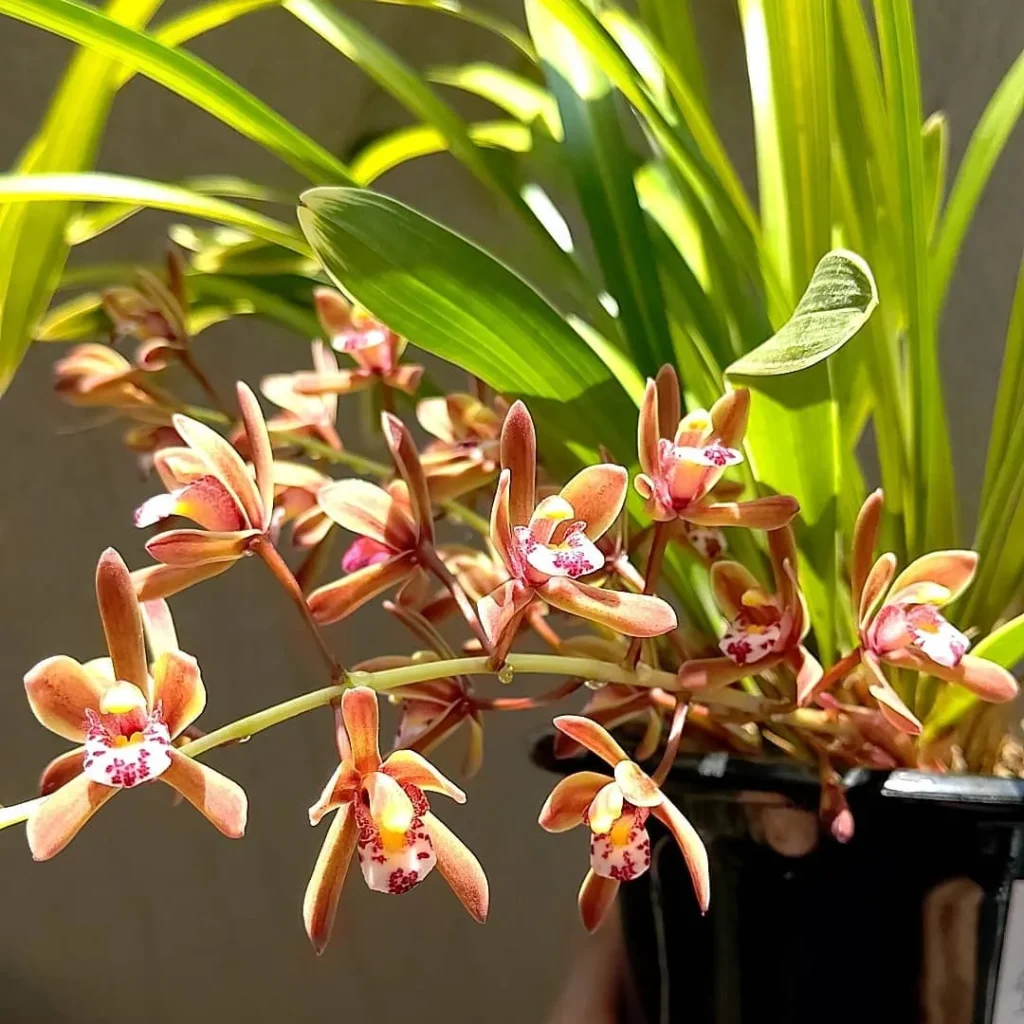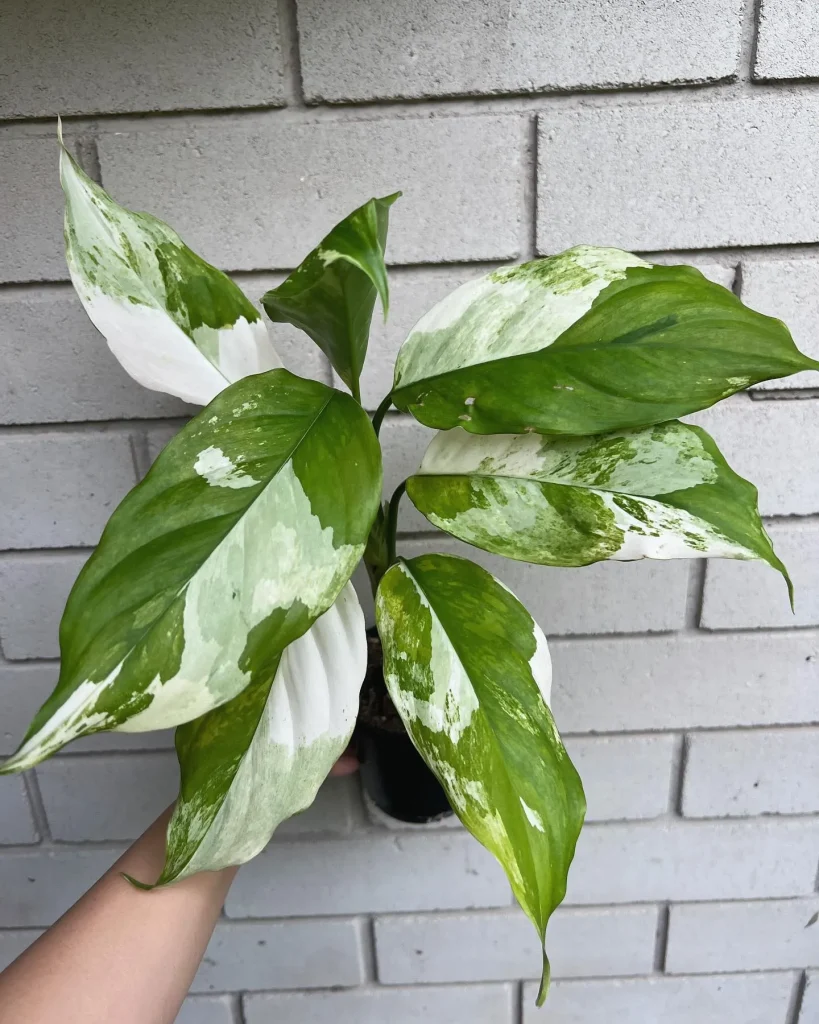
February 20 – Dudleya
"Dudleya, the resilient succulent, defines February 20."
This plant represents longevity and strength. You are wise and enduring, offering guidance and support to those who seek your wisdom.
My Fascination with Dudleya
The first time I saw a Dudleya, I was captivated. Nestled amongst the rocks on a coastal bluff, its fleshy, rosette-shaped leaves seemed to glow with an otherworldly light. It was a Dudleya pulverulenta, or chalk Dudleya, and its powdery white coating gave it an ethereal quality. I was hooked.
Since that day, I’ve been fascinated by these incredible succulents. Native to southwestern North America and Guadalupe Island, they thrive in harsh environments, clinging to cliffs and rocky outcrops where few other plants can survive. Their resilience and unique beauty have earned them a special place in my heart, and I’ve spent countless hours studying their diverse forms and adaptations.
A Diverse Genus
Dudleya belong to the Crassulaceae family, is a diverse genus, with around 45 recognized species. They vary greatly in size and appearance, from the diminutive Dudleya gnoma, with rosettes barely an inch across, to the massive Dudleya brittonii, which can form clumps several feet in diameter. Some species, like the chalk Dudleya, have a powdery coating on their leaves, while others, like Dudleya virens, are smooth and green.
Here are fascinating species within this genus:
- Dudleya abramsii Rose
- Dudleya acuminata Rose
- Dudleya albiflora Rose
- Dudleya anomala (Davidson) Moran
- Dudleya anthonyi Rose
- Dudleya arizonica Rose
- Dudleya attenuata (S.Watson) Moran
- Dudleya blochmaniae (Eastw.) Moran
- Dudleya brevifolia (Moran) Moran
- Dudleya brittonii Johanss. Plant FAQs: Dudleya Brittonii – Giant Dudleya – Britton’s Dudleya
- Dudleya campanulata Moran
- Dudleya candelabrum Rose
- Dudleya candida Britton & Rose
- Dudleya cespitosa (Haw.) Britton & Rose
- Dudleya cochimiana S.McCabe
- Dudleya crassifolia Dodero & M.G.Simpson
- Dudleya cultrata Rose
- Dudleya cymosa (Lem.) Britton & Rose
- Dudleya delgadilloi S.McCabe
- Dudleya densiflora (Rose) Moran
- Dudleya edulis (Nutt.) Moran
- Dudleya farinosa (Lindl.) Britton & Rose Plant FAQs: Dudleya Farinosa – Bluff Lettuce – Powdery Liveforever
- Dudleya formosa Moran
- Dudleya gatesii Johanss.
- Dudleya gnoma S.W.McCabe
- Dudleya greenei Rose
- Dudleya guadalupensis Moran
- Dudleya hendrixii S.McCabe & Dodero
- Dudleya ingens Rose
- Dudleya josedelgadilloi Mulroy, Guilliams & Hasenstab
- Dudleya lanceolata (Nutt.) Britton & Rose
- Dudleya linearis (Greene) Britton & Rose
- Dudleya multicaulis (Rose) Moran
- Dudleya nesiotica (Moran) Moran
- Dudleya nubigena (Brandegee) Britton & Rose
- Dudleya pachyphytum Moran & M.Benedict
- Dudleya palmeri (S.Watson) Britton & Rose
- Dudleya parva Rose & Davidson
- Dudleya pauciflora Rose
- Dudleya pulverulenta (Nutt.) Britton & Rose Plant FAQs: Dudleya Pulverulenta – Chalk Lettuce
- Dudleya reidmoranii Mulroy, Guilliams & Hasenstab
- Dudleya rigidiflora Rose
- Dudleya rubens (Brandegee) Britton & Rose
- Dudleya saxosa (M.E.Jones) Britton & Rose
- Dudleya × semiteres (Rose) Moran
- Dudleya stolonifera Moran
- Dudleya traskiae (Rose) Moran
- Dudleya variegata (S.Watson) Moran
- Dudleya verityi K.M.Nakai
- Dudleya virens (Rose) Moran
- Dudleya viscida (S.Watson) Moran
Adaptations for Survival
Dudleyas are masters of survival in arid environments. Their succulent leaves store water, allowing them to endure long periods of drought. Many species have a thick, waxy coating on their leaves, which helps to reduce water loss. Some, like the chalk Dudleya, have a dense covering of fine hairs that reflect sunlight and help to keep the plant cool.
These adaptations allow Dudleyas to thrive in seemingly inhospitable habitats. They often grow on cliffs, rocky outcrops, and even in the cracks of boulders. Their ability to survive in these harsh conditions is a testament to their resilience and adaptability.
Conservation Concerns
Sadly, many Dudleya species are facing threats due to habitat loss, poaching, and climate change. Their slow growth and specific habitat requirements make them particularly vulnerable to these pressures. Some species, like Dudleya traskiae, are critically endangered, with only a few individuals remaining in the wild.
Conservation efforts are underway to protect these remarkable plants. Organizations like the California Native Plant Society are working to educate the public about the importance of Dudleya conservation and to advocate for their protection.
My Role in Conservation
As someone who cares deeply about these plants, I feel a responsibility to contribute to their conservation. I’ve started growing Dudleyas from seed, hoping to increase their numbers and contribute to their preservation. I’m also eager to share my knowledge and passion for these plants with others, encouraging appreciation and respect for their unique beauty and ecological importance.
Dudleyas are more than just beautiful plants; they are symbols of resilience, adaptation, and the intricate beauty of the natural world. By understanding and protecting them, we can help to ensure their survival for generations to come.
If i die, water my plants!



